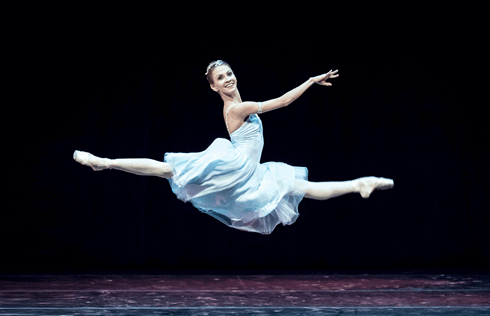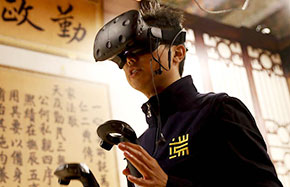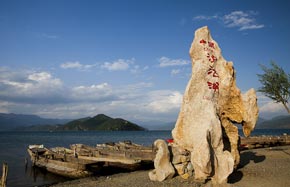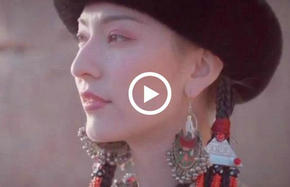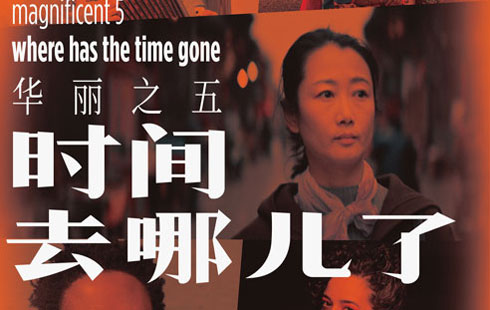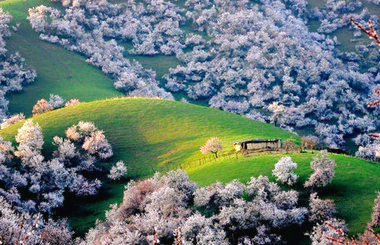Digital archiving preserves Tibetan Buddhist artwork
 |
|
Built more than 900 years ago, Sakya Monastery is renowned for its huge collection of artwork.[Photo/IC] |
In the morning, researchers and monks gather in front of a hall in Sakya Monastery, the earliest monastery of the Sakya Sect of the Tibetan Buddhism.
They go through the security checks and enter the hall, which is designated as a work area for the second round of a digital archive project which was launched in September.
Sitting in front of a table, the researchers and monks work together to carefully clean butter lamps, measure their size and weight, then number and photograph them. They store the data on computers in both the Tibetan language and Mandarin.
The project aims to archive 26 types of artifacts in the Sakya Monastery, Tibet autonomous region.
The details of more than 7,000 Buddha statues, 1000 Thangkas (a form of Tibetan silk paintings), 1,000 musical instruments used in Buddhist mass and hundreds of scriptures were recorded during the first round of digital archiving in 2015.
Built more than 900 years ago, Sakya Monastery is renowned for its huge collection of artwork, including Buddha statues, frescoes, scriptures and porcelain pieces. It is even the home to the world's largest bronze Buddha statue, as well as the largest bronze butter lamp.
"The artwork in the monastery is invaluable. They show the skills in craftsmanship and shed light on essence of Tibetan culture. Identifying and understanding them is vital to long-term preservation," said Sonam Wangden, director of the heritage evaluation center of Tibet.
Before the digital project began, Sakya Monastery archived its relics in various ways.







